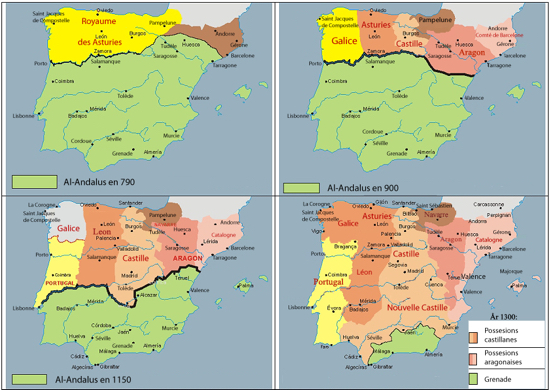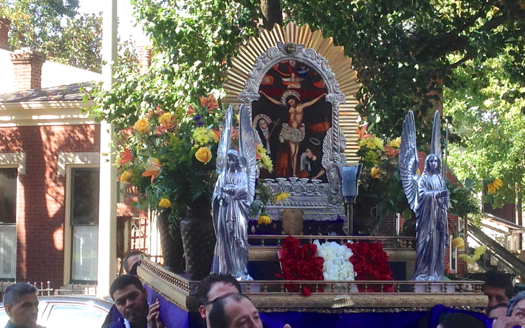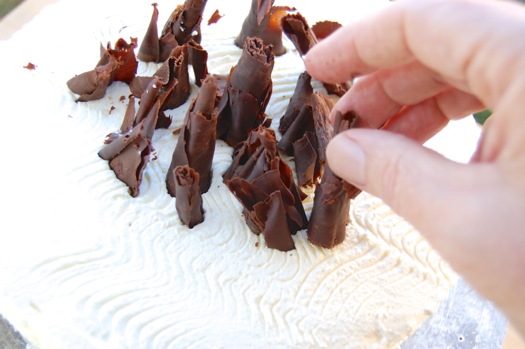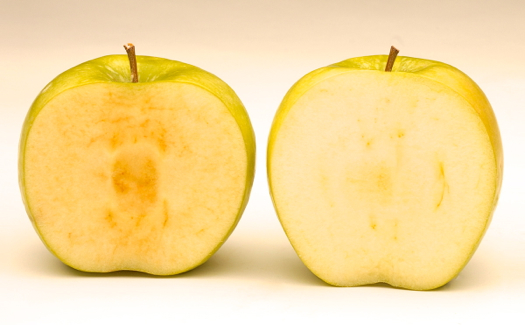Alfajores Recipe
How can you tell these are New World cookies? By all the cornstarch (corn flour) of course. Some readers have written in to tell me they don’t like the taste and/or texture of cornstarch even when it’s baked. If that’s the case no worries, you can still make these with cake flour. Yuca flour is another alternative that’s used quite a bit in alfajores, assuming you can find it. Note that the proportion of the different flours can be changed to suit your taste. Some like a firmer alfajor, in which case you can use 100% wheat flour, all-purpose if you like. For those who prefer theirs ultra-tender, you can use up to 65% non-wheat flour and they’ll still hold together. Here’s what I did. These aren’t very sweet because the filling is extremely so.
5 ounces (1 cup) all-purpose flour
4 ounces (1 cup) cornstarch
1 teaspoon baking powder
1/4 teaspoon salt
2 ounces (1/2 cup) powdered (confectioner’s) sugar
4 ounces (1 stick) butter
1 whole egg
1 egg yolk
2 teaspoons finely grated lemon zest
2 tablespoons pisco (Peruvian brandy) or cognac
1-2 cups thick dulce de leche or about 1 cup jam for filling



